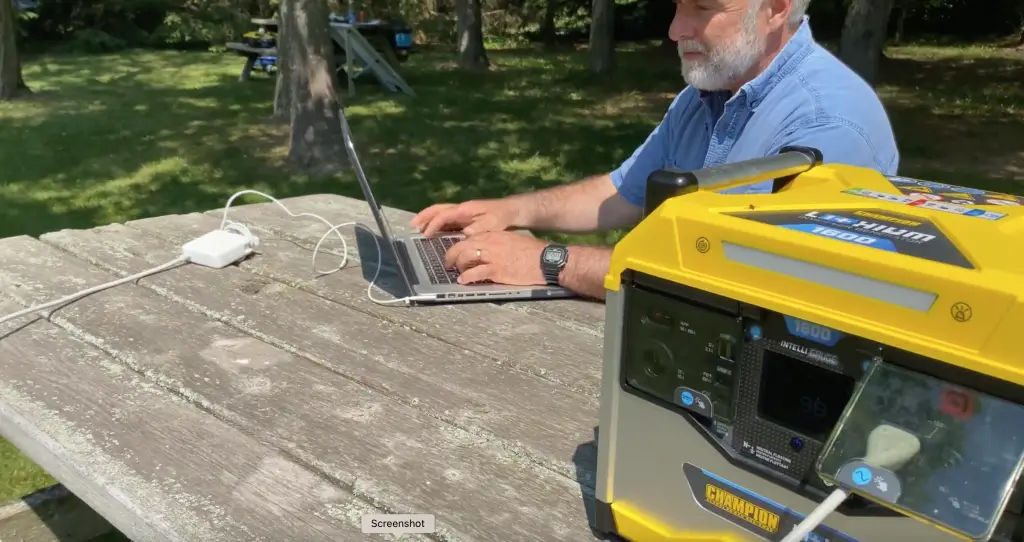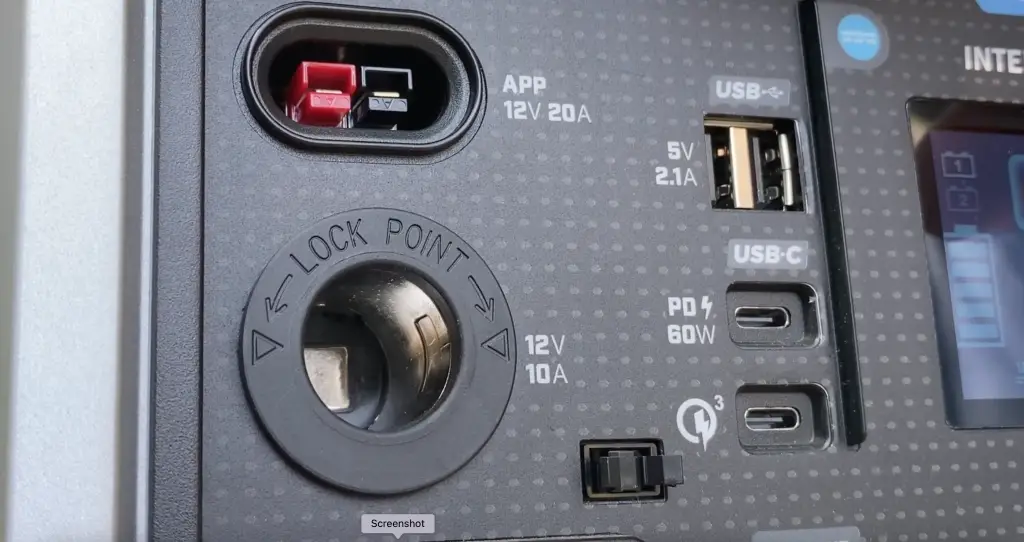Until a few years ago, fuel-powered generators were the only way to create substantial amounts of electrical power for household backup during a black out, or for power needs beyond reach of an electrical outlet. All this is changing with something generically called “portable power stations”. You’re probably starting to see these things around.

Made by a handful of companies, these self-contained units – sometimes called solar generators – use a high-capacity battery for power storage, along with built-in circuitry to deliver the kind of AC power needed by items that normally plug into a 120 volt outlet. Does something like this make sense for you? That’s the question I’ll help you answer here.
- Reading Time = 3 1/2 minutes
- Video Watch Time = 12 1/2 minutes
Portability versus Power

I’ve been using and testing portable power stations since 2018, and this technology is now mature and surprisingly reliable and sophisticated. The first thing to understand is that portable power stations typically store less than 1/10th of the amount of power compared with one tank of fuel in a gas-powered generator. That might not sound like much, but portable power stations have several advantages over fuel-powered generators. You can use them safely indoors, plus you can recharge them over and over, without the need for fuel, gas stations, grid power or accessible roads to travel and buy more fuel.
Like most portable power stations, the Champion unit I’ve been testing recently is configured to recharge from different sources. Solar panels are one of the best options, especially during an extended outage. That’s why these units are sometimes called portable solar generators.

How the Champion Stacks Up

The 40 lbs. Champion #100594 I’ve been testing over the last few months does things that some others do not. One advantage involves handling the momentary spike of power draw when certain electrical items start up. The Champion unit can handle 1600 watts of output indefinitely, but also a surge draw of 4500 watts for brief periods – more than enough to handle a typical household water pump, kettle, microwave, fridge or freezer.
Click here to see the #100594 in video.
Want to store more power? The Champion #100594 is expandable for increasing power storage and run time. This unit can accept up to 10 stackable expansion batteries for a total of 18 kilowatt-hours of capacity – almost as much total energy output as a gas-powered generator with a full tank of fuel.
In tests I’ve run in a household of three people, the fully charged 1.6 kilowatt-hour Champion kept the household supplied with water from an electric well pump for about 24 hours before becoming fully discharged. This was with the usual amount of dishwashing, three showers that day, and a load of laundry. The same power station can power the following items for different amounts of time:
Champion Power Station Run Times
So, how long can the Champion power station keep various things running? Here’s a list:
- portable fridge – more than 60 hours
- standard household fridge – 23 hours
- CPAP machine 24 hours
- coffee maker – 4 hours
- TV – more than 10 hours
Outlets for Power & Charging

Besides three 15 amp, 120 volt outlets, the #100594 has USB and USB-C ports, a vehicle-style 12 volt output port, a 20 amp 12 volt generic output, and a Para Link port for connecting to another power station or traditional gas or propane-powered inverter.
My only complaint about the #100594 is a minor one. The internal fan that comes on while charging from a 120 volt wall outlet does create some noise, but rapid recharging is only safe for the battery if it’s kept cool. The unit comes with a 3-year, 1000-cycle warranty.
Portable power stations are here to stay and they offer value that we haven’t enjoyed before. Quiet, portable power that’s independent of fuel supplies and operates with no fumes is the main reason portable power stations are earning a permanent place in the home energy scene.
 Did you find this article useful? I hope so. Please consider helping me cover the cost of creating and publishing content like this. Click the “buy me a coffee” button below for a fast, safe and simple way to make a contribution. Thank you very much for helping to keep this website up and running.
Did you find this article useful? I hope so. Please consider helping me cover the cost of creating and publishing content like this. Click the “buy me a coffee” button below for a fast, safe and simple way to make a contribution. Thank you very much for helping to keep this website up and running.
– Steve Maxwell



